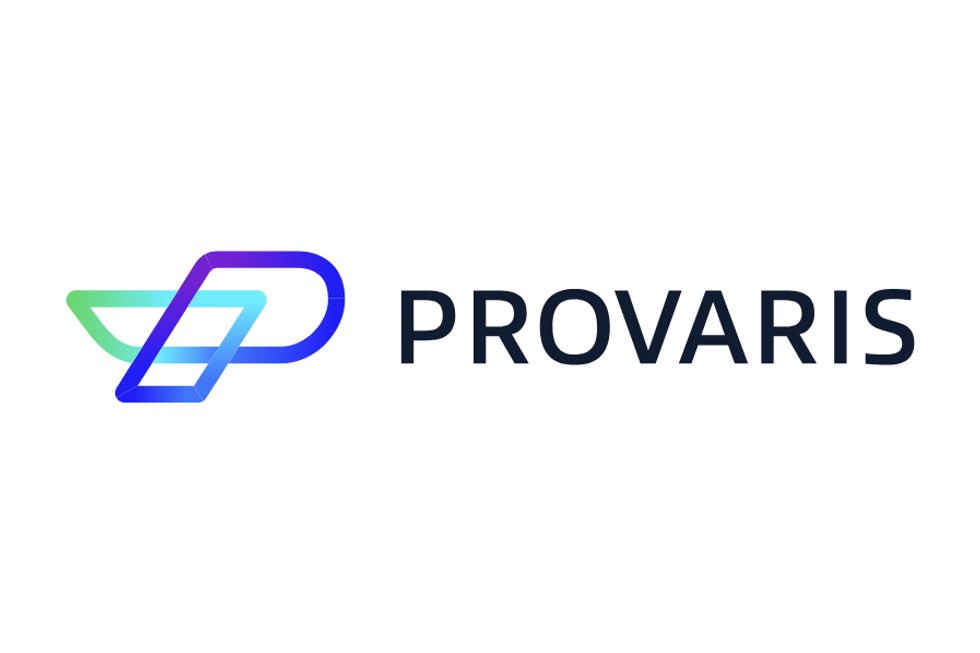Will Sodium-ion Batteries Disrupt the EV Market?
Lithium-ion batteries have dominated the energy storage and electric vehicle markets, but could that change in the future?

Lithium-ion batteries have dominated the energy storage and electric vehicle (EV) space for years, but some investors believe new technology breakthroughs could threaten their market dominance.
At the end of 2020, lithium prices took a turn, rallying through 2021 to hit all-time highs. Prices for batteries jumped too, with attention turning to new technologies that could disrupt the battery sector.
Sodium-ion batteries came into the spotlight following announcements from major players such as CATL (SZSE:300750). The world's biggest battery maker unveiled its sodium-ion battery back in 2021 and is expected to begin production this year.
Sodium is abundant and not as expensive as other raw materials, which makes it an attractive option when it comes to dethroning lithium-ion batteries. When lithium prices go up, the cost differential between lithium-ion and sodium-ion batteries of course gets bigger, which was the case for most of last year.
“If the lithium price comes down, which it has been doing recently, then that cost differential gets smaller,” Iola Hughes of Rho Motion told the Investing News Network. “So the business case for sodium-ion and the investment in sodium-ion gets pulled back slightly when lithium is cheaper.”
Listen to the full conversation with Hughes.
The expert said currently the price being quoted for sodium-ion batteries is US$80 per kilowatt hour, which makes them competitive compared to lithium-iron-phosphate batteries. But aside from cost there are many other potential benefits of sodium-ion batteries.
“You can use aluminum current collectors instead of copper,” Hughes said. “There's also the opportunity to do a full discharge … which is good for transporting the batteries.”
Additionally, the raw materials used in sodium-ion batteries are more geographically distributed than the ones found in lithium-ion batteries. The batteries are also nonflammable and perform well at low temperatures.
But the sodium-ion story remains quite focused on China, where the most advanced players are located at the moment.
Jiangsu-based HiNa Battery Technology is one of the main companies making strides in the sector, and this year it is ramping up a facility with about 1 gigawatt hour of capacity. The company made headlines this year when Chinese automaker JAC Motors unveiled a test version of its Sehol E10X EV, which is powered with sodium-based batteries made by HiNa Battery.
“As with any new technology, it takes time for both the supply chain to ramp up, and also for people to gain confidence and trust in that technology and adopt it more widely,” Hughes said. “So at least initially, it's really going to be a China story.”
Other players in the sector include Farasis Energy (SHA:688567) and Natrium.
Will sodium-ion batteries replace lithium-ion batteries?
With raw materials prices increasing, as well as other factors on the horizon, from supply chain constraints to potential output bottlenecks, research and development on alternatives to lithium-ion batteries continues.
At the moment, sodium-ion batteries could be used in low-speed vehicles, but their major application would be large-scale energy storage.
“What's definitely good to highlight is that the demand for the EV market is significant. If anything, it's essentially going to relieve some of the pressures on the supply chain that we are seeing,” Hughes said. “Having the option of some sodium-ion there is not really going to be a massive threat.”
Don’t forget to follow us @INN_Resource for real-time news updates.
Securities Disclosure: I, Priscila Barrera, hold no direct investment interest in any company mentioned in this article.
Editorial Disclosure: The Investing News Network does not guarantee the accuracy or thoroughness of the information reported in the interviews it conducts. The opinions expressed in these interviews do not reflect the opinions of the Investing News Network and do not constitute investment advice. All readers are encouraged to perform their own due diligence.
- Iola Hughes: EV Market Has Strong Upside Despite 2022 Headwinds ›
- Top 10 Electric Vehicle Stocks to Watch in 2023 ›
- EV Market Forecast 2023: Top Trends That Will Affect EVs in 2023 ›





